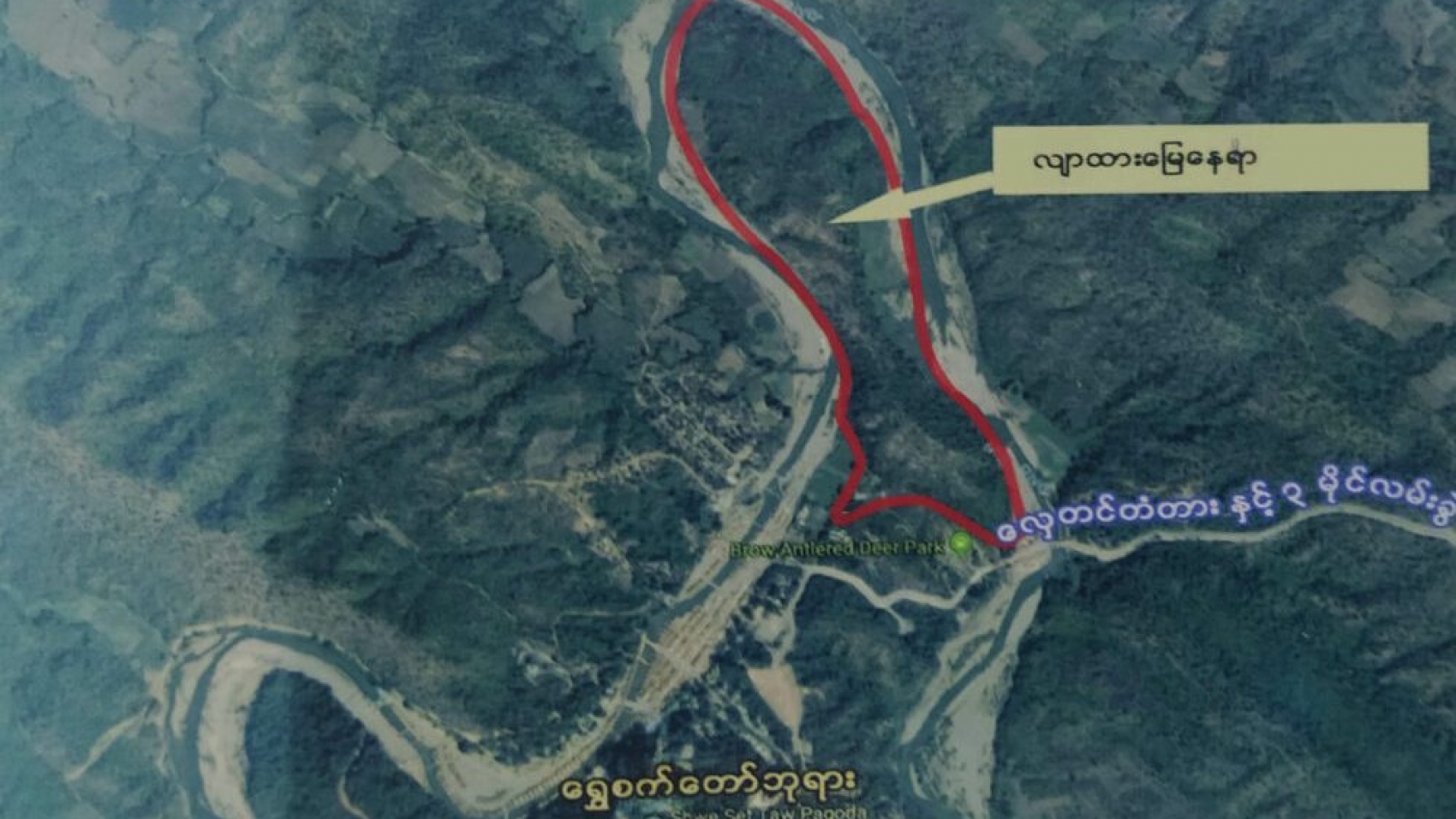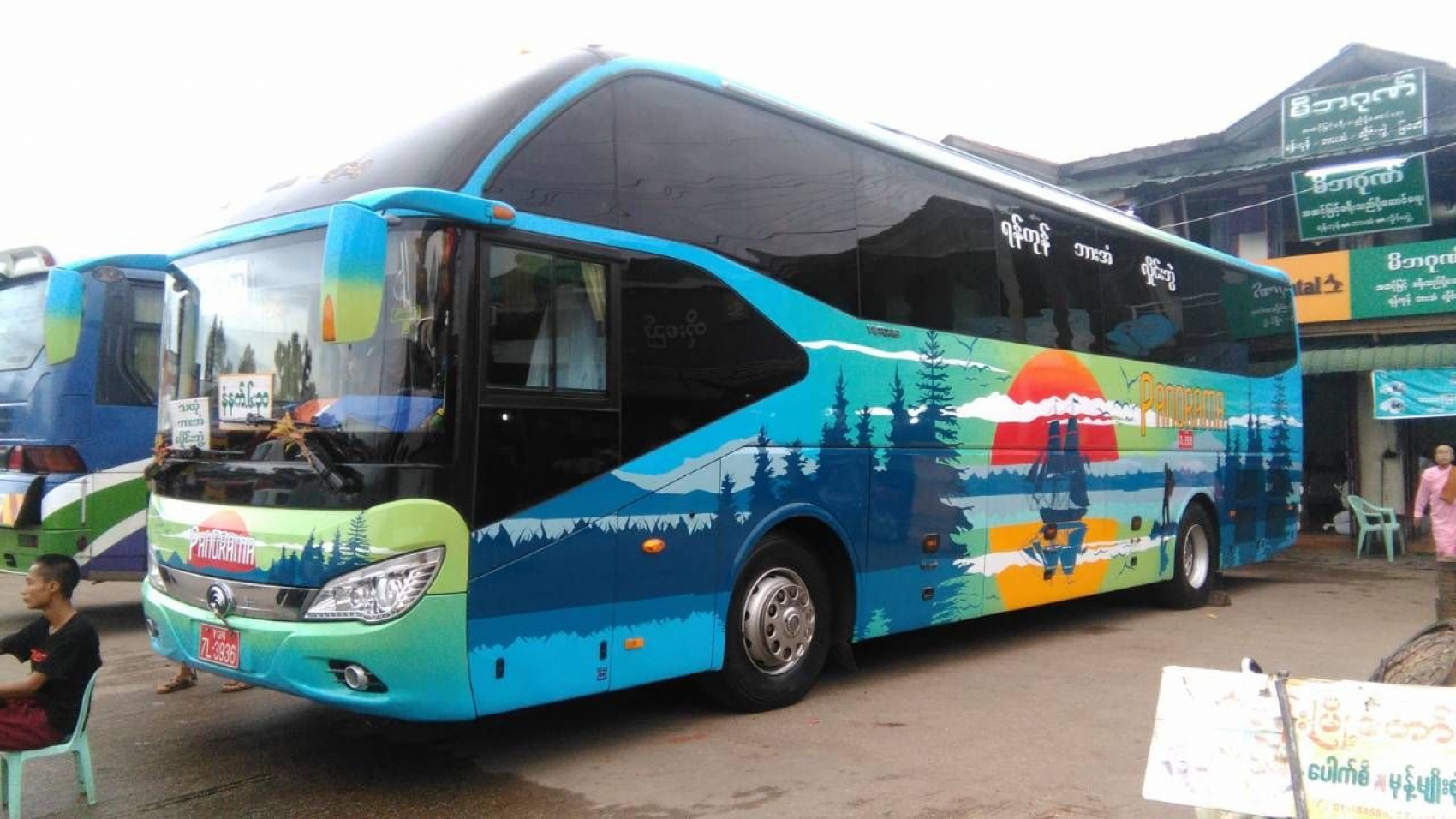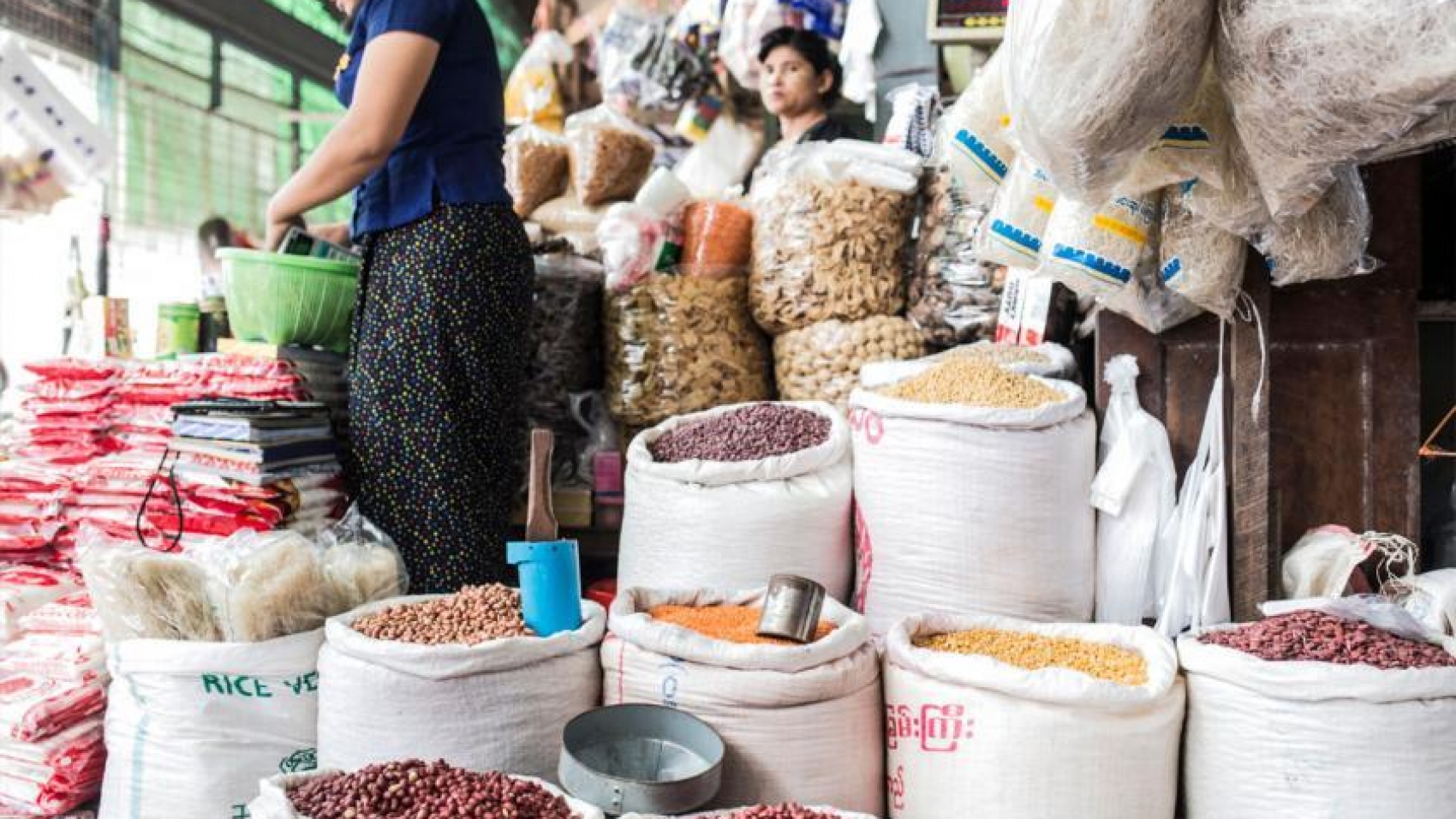A new eco-tourism destination will be developed within the Shwesettaw area in Minbu Township, according to the Magway Region Directorate of Hotels and Tourism Department. Under the management of the Magway Region Administration Council and with the suggestion of the Ministry of Hotels and Tourism, the project will be implemented on the 60-acre large area on the right side of Hlay Tin bridge situated on the Minbu-Shwesettaw road.
The tour site will include hotels, motels and resorts in order to provide accommodation for tourists all year round and exhibitions about renowned persons and famous places of Magway Region feeding information about tour sites, distances and local products. Only about the 2-mile stretch from the upper Settaw Yar, Mann Chaung elephant camp, where travellers can also visit golden deer and star tortoises. The eco-tourism site will be only about 4,000 feet away from the upper Settaw Yar.
It will include viewpoints, park, playground and gym, as well as trekking and cycling trails. In developing this eco-tourism site, Shwesettaw area will be developed, employment opportunities for locals increased and so will the tourism service and language skills. This aims to increase the income of villages from tourism, said the Magway Region in charge of Directorate of Hotels and Tourism. People will also be able to make a day trip to the famous Nat Lake area with its lush vegetation and cool mountain climate, which is only a 20-mile drive away from the tour site.
Source: The Global New Light of Myanmar



